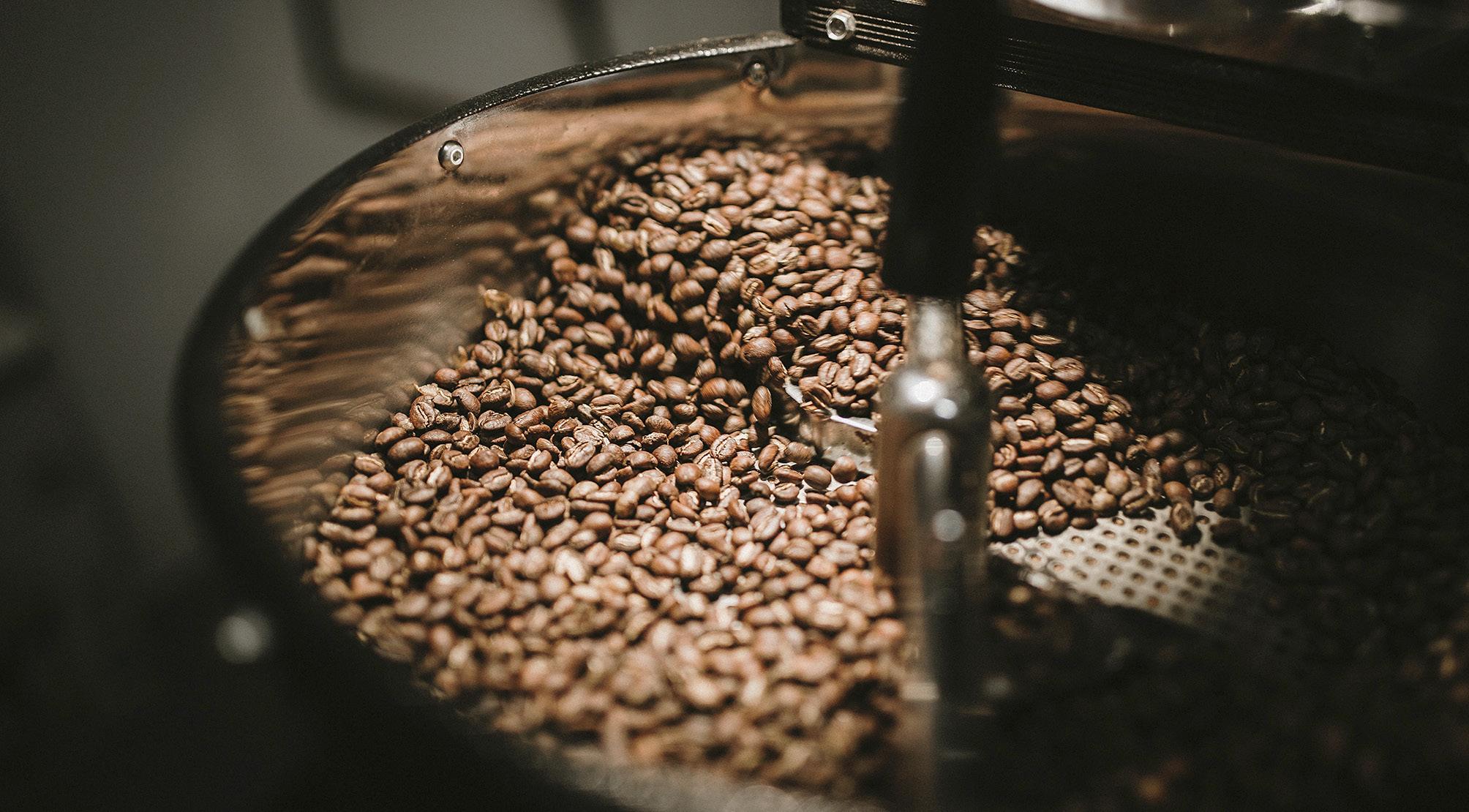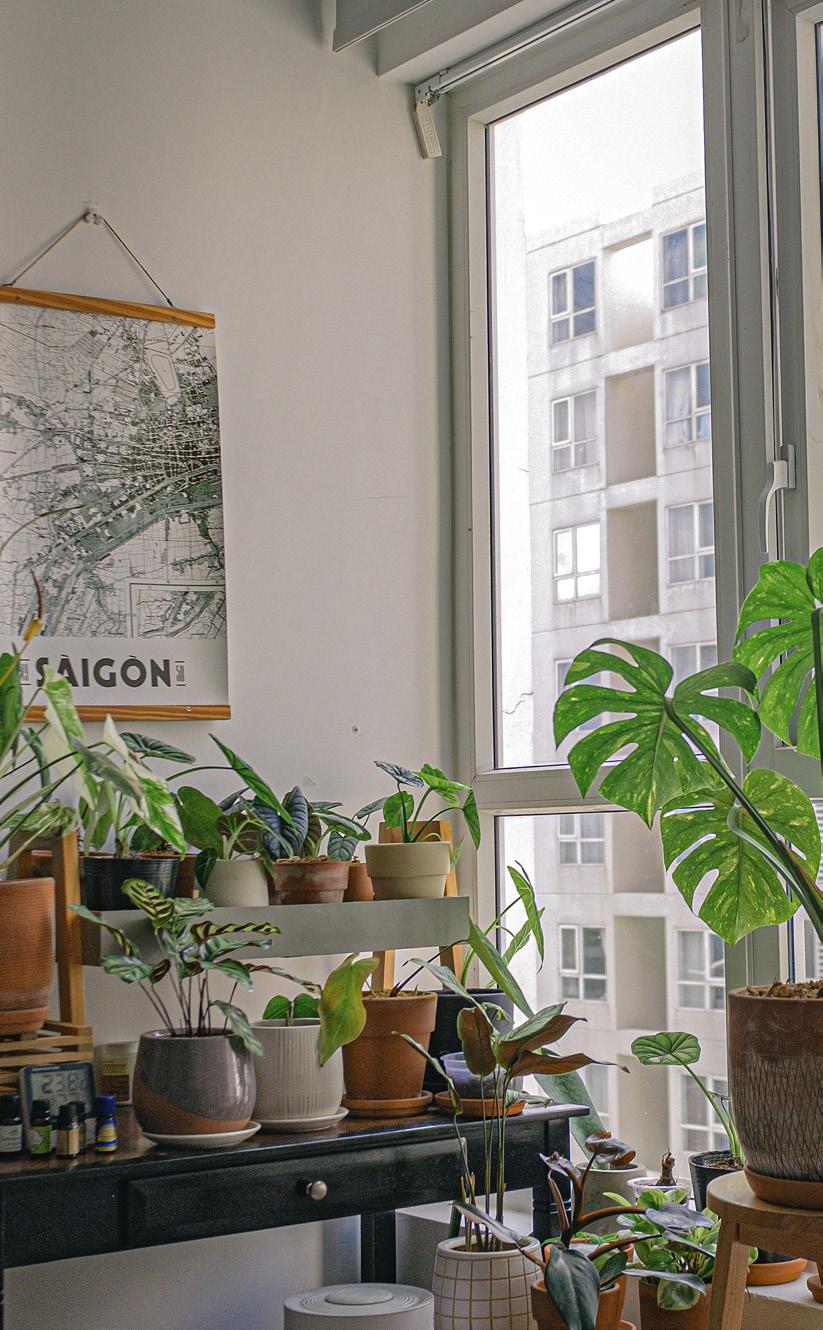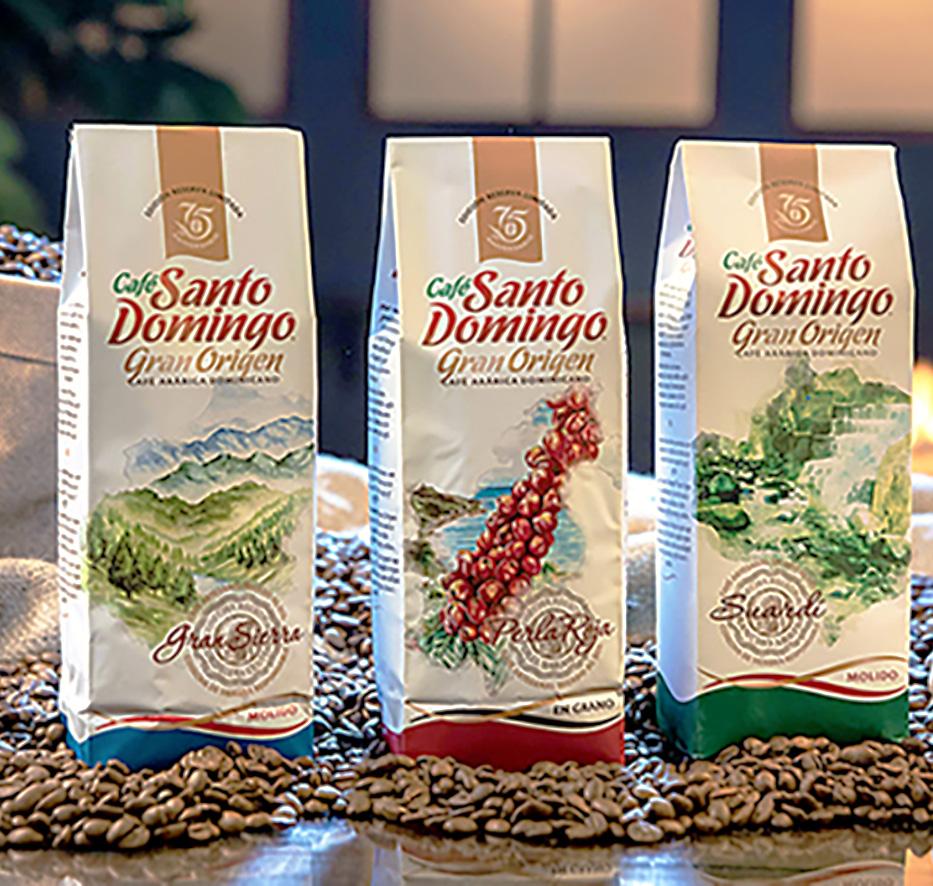
4 minute read
Coffee
from ASKUR - Haust 2022
by Tækniskólinn
It is known that it was discovered in the year 300, the best-known story regarding the origin of coffee, it is about an old man named Kaldi who lived in Ethiopia (Africa).
Kaldi was a goat herder who spent the whole day composing songs with his flute, every day, before the sun went down, Kaldi played his flute in a special way to call his goats, one day to his surprise, no goat paid attention to his call and as much as he played and played his flute, the goats did not reach where he was.
Therefore, he went to look for them, while he was walking, he kept playing his flute, tired of walking and playing, he finally found them, he could not believe his eyes, his goats were running, bleating, jumping, and they were all very excited.
After observing them, he realized that they were chewing the leaves and fruits of a plant that he had never seen. Kaldi also decided to try the fruits and soon after he began to feel more energy, happiness, he began to dance and sing along with his goats.
Evolution of coffee
At the beginning it was used as a food ration, then as a drink, later as a medicine and finally it became the infusion that we know today. It came to be used in wars to increase the resistance of soldiers, later in sports, in study and, ultimately, in improving any activity.
It was not until the 13th century that the grain began to be roasted. This was followed by the process of grinding it and then boiling it and drinking it liquid. Around the 16th century, the Arabs and Turks prepared special drinks from coffee, as a stimulating refreshment. The roasted coffee flour was soaked for a day and a half and then boiled; the liquid was decanted and kept in clay pots, ready for use. And the Italians finally appeared, around the year 1900. Determined to extract its essence from the bean, they compressed it, applied hot water under pressure and from its interior emerged the essence that we later called espresso coffee.

Photographer: Nousnou Iwasaki
What does coffee mean to Dominicans?
”A Dominican is not a Dominican if he does not drink his coffee early in the morning” this is a famous phrase in this country, since this drink is used on multiple occasions and even the people of this country find it strange if another Dominican does not he likes coffee.
Traditionally, coffee has been one of the island‘s agricultural products destined for export, along with cocoa, sugar cane and tobacco. The crops are even part of the country‘s tourist attractions, and they offer tours of the coffee plantations and demonstrations of roasting and grinding. The main export destinations for Dominican coffee are the United States, Japan, Italy and, to a lesser extent, other European countries.
Today it is estimated that there are more than 100,000 hectares of coffee plantations in the Dominican Republic, becoming one of the main economic items in the country, from the Dominican Republic comes the coffee that satisfies the Caribbean islands, some from Europe and the United States, under the denomination of ”Dominican Coffee”.
Characteristics of Dominican coffee
Dominican coffee is mostly Arabica, with varieties including Tipica, Caturra, Bourbon, and Catuai. Its plantations are rustic crops, under shade, with a minimum use of agrochemicals, covering about 130,000 hectares in 28 of the 31 provinces of the island. It is incredible that in such a small geographical region (48,422 km²) there is such a variety of climates and optimal soils for coffee. The production of organic coffee is gaining more and more ground, of which 76% remains for domestic consumption. The export of Dominican green coffee is quite modest.
FRIÐUR FYRIR HEIMILI ÞITT!
Komdu til okkar í Viðu og finndu skreytingarnar fyrir heimilið þitt, búðu til innréttingu sem endurspeglar þinn stíl, hjá okkur finnur þú allt frá ilmkertum, plöntum og ljósum.

Cafe Santo Domingo
Industrias Banilejas (INDUBAN) was born more than 75 years ago in the municipality of Baní, in the Dominican Republic. Soon after, Café Santo Domingo was born, becoming the favorite coffee in Dominican homes, one of the most consumed brands in America, and a symbol of Dominicanity around the world.
It has the combination of the best perfectly roasted coffees, which converge in a complex aroma between hazelnuts, caramel and vanilla, which when tasted, impresses the perfect balance between the natural sweetness, the soft acidity and the subtle bitterness characteristic of the coffee.
Dominican flavor that transcends borders
Induban has also taken on the responsibility of internationalizing Café Santo Domingo.
For more than 10 years, this company has steadily increased the marketing of the brand‘s products abroad. In this way, currently, it is enjoyed in destinations such as the United States, Canada, Spain, Hungary, Russia, Aruba, St. Martin, Virgin Islands, among others. Cafe gran origen
”Coffee of origin” refers to a coffee produced in a specific geographical area and in this case, from a specific farm. They stand out for their unique flavor characteristics due to the geographical location in which they were grown.
Recently, this product was implemented at Café Santo Domingo, and it is a joy to sample the different toasts on offer.
For more info: www.cafesantodomingo.com induban.com

Photographer: Induban (Cafe Santo Domingo)

Photographer: Induban (Cafe Santo Domingo)










